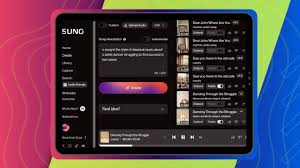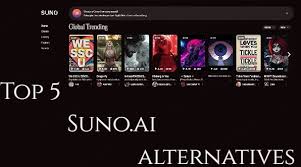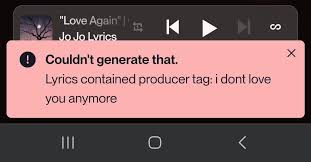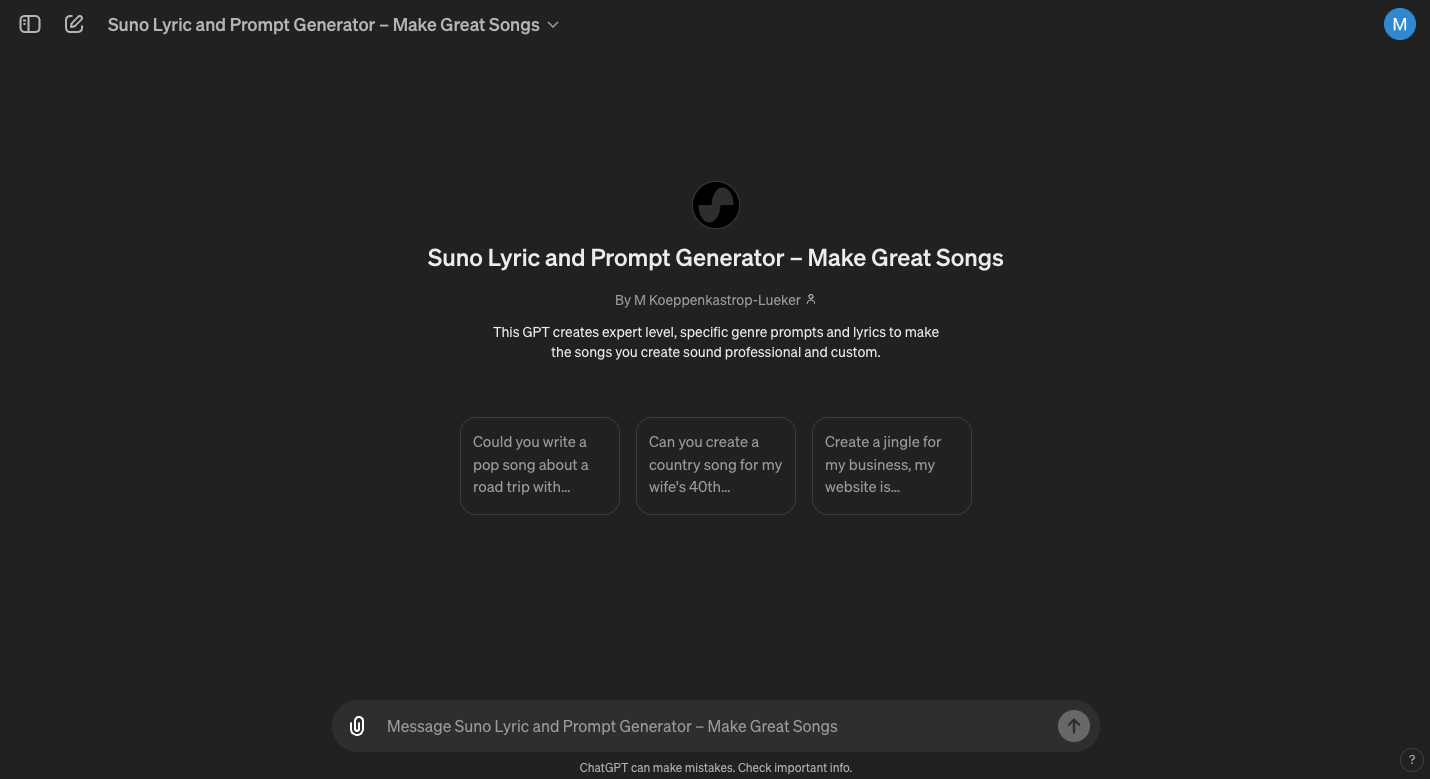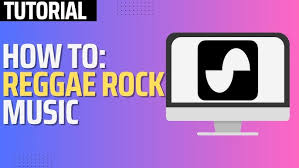Introduction: The Rise of AI in Music Creation
As artificial intelligence rapidly advances in the creative industries, tools like Suno AI have made it possible to generate entire songs from text prompts in under a minute. But how does this technology compare to traditional, human-made music production?
In this post, we’ll explore the key distinctions between Suno AI vs human-made music production—focusing on creativity, quality, workflow, emotional depth, and real-world application.

What Is Suno AI?
Suno AI is a text-to-music generation platform that allows users to type in a prompt (e.g., “dreamy lo-fi beat with chill vocals”) and instantly receive a complete audio track. It’s designed for speed, accessibility, and experimentation.
Strengths: Fast, user-friendly, no technical skills needed
Limitations: Less control over structure, dynamics, and nuance
Ideal for: Demos, quick ideas, content creators, hobbyists
Suno AI symbolizes the new era of AI-generated music, but can it truly replace the craftsmanship of human musicians?
Human-Made Music Production: A Timeless Art
Human-made music refers to songs composed, arranged, and produced manually by musicians and producers using DAWs, live instruments, and traditional theory.
Strengths: Emotional depth, control, intentionality
Limitations: Time-consuming, requires skill, higher cost
Ideal for: Commercial releases, live performances, personal expression
Unlike Suno AI, human creators bring cultural knowledge, emotional intelligence, and artistic context into their music—qualities that AI is still struggling to emulate.
Suno AI vs Human-Made Music Production: A Feature Comparison
| Feature | Suno AI | Human-Made Music |
|---|---|---|
| Speed of Production | Seconds to minutes | Hours to weeks |
| Creative Control | Limited (text-based prompts) | Full control over every detail |
| Emotional Expression | Basic and generic | Deep, nuanced, personal |
| Cost | Free or low-cost tiers | High (equipment, talent, time) |
| Genre Flexibility | Multi-genre, but algorithm-limited | Boundless, guided by skill |
| Originality | Often derivative | Authentic and evolving |
| Commercial Use | Depends on license | Full ownership and licensing |
Creative Freedom: Algorithm vs. Intuition
One of the biggest gaps between Suno AI and human-made music production is creative intuition. While Suno AI can imitate styles, it doesn’t understand context or emotion.
AI: Can generate a track in the style of “retro pop with 80s synths,” but lacks soul.
Human: Can compose with purpose, telling a story, responding to life events, or pushing artistic boundaries.
Verdict: Human-made music still leads in emotional storytelling and originality.
Workflow: Fast vs. Thoughtful
AI tools like Suno excel in speed and efficiency. They're excellent for:
Generating song ideas quickly
Experimenting with different genres
Filling in background music for content
In contrast, human producers may spend hours on sound design, arrangement, and performance. This slower, intentional process often results in more refined and emotionally resonant music.
Who Should Use Suno AI?
| User Type | Suitability for Suno AI |
|---|---|
| Content creators | ? Ideal for background tracks |
| Game developers | ? For adaptive ambient loops |
| Beginner musicians | ? Learning and experimentation |
| Professional artists | ?? Limited creative control |
| Film scorers | ?? Not customizable enough |
Are They Mutually Exclusive?
Not at all. A growing trend is hybrid workflows, where:
Suno AI generates the core structure
Human producers refine, mix, or build upon it in a DAW
This collaborative approach blends the best of both worlds—AI’s speed and human artistry.
FAQs
Q1: Can Suno AI replace human music producers?
Not currently. It’s a useful tool, but it lacks emotional depth, storytelling, and real-time decision-making that humans bring to music.
Q2: Is AI-generated music considered original?
AI music can be unique, but often draws heavily from training data. Human composers still lead in innovation and true originality.
Q3: Can I legally use Suno AI tracks in commercial projects?
It depends on the platform’s license. Always check the current terms before distributing or monetizing AI-generated music.
Q4: Which is better for high-quality album production—Suno or a human producer?
Human-made music is superior for albums, where storytelling, originality, and quality are essential.
Conclusion: Complementary, Not Competitive
In the debate of Suno AI vs human-made music production, the answer isn’t about which is better overall—but which is better for your specific goals.
Choose Suno AI for speed, inspiration, and low-stakes projects.
Choose human-made production for artistry, depth, and long-term value.
Or combine both for a hybrid workflow that embraces the future of music.
As AI tools evolve, producers who understand how to integrate both approaches will lead the next generation of music innovation.


